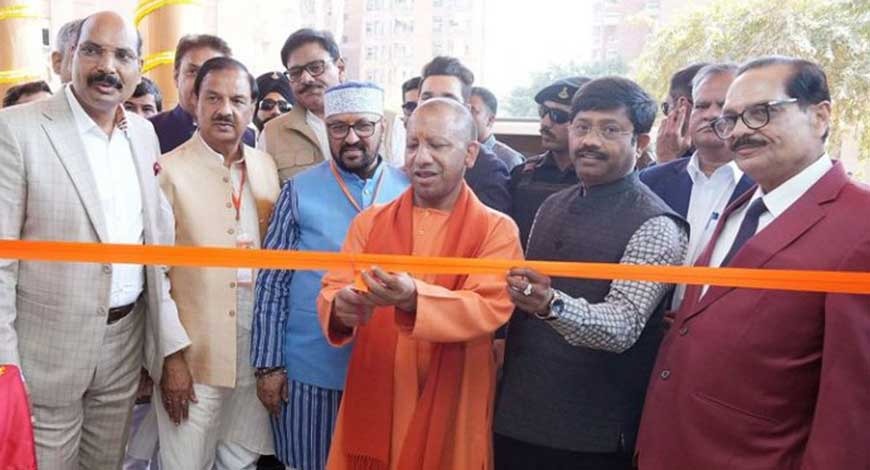An Overview of Lateral Ankle Ligament Reconstruction
By - Dr. Naveen Kumar LV, Consultant- Orthopaedics, Manipal Hospital Sarjapur Ankle injuries are one of the most common injuries sustained while playing on the ground. Fortunately, the majority of ankle ligament injuries heal naturally. However,

By – Dr. Naveen Kumar LV, Consultant- Orthopaedics, Manipal Hospital Sarjapur
Ankle injuries are one of the most common injuries sustained while playing on the ground. Fortunately, the majority of ankle ligament injuries heal naturally. However, a small percentage of people may end up with recurrent ankle twisting injuries due to torn ligaments on the outer part of the ankle. Due to recurrent sprains, the individual would often end up lacking the confidence to play. Also, in some cases, they end up sustaining cartilage injuries in the ankle joint due to recurrent strain on the ankle.
Old partial tears can be healed by a PRP (Platelet Rich Plasma) injection and plaster cast application for 4 weeks. Treatment for the complete tear of the ankle ligaments until recently was a surgery where all the remnants of the torn ligament and the soft tissue around were pulled to overlap and sewed together. There are several shortcomings to this technique. The tissue that is already torn will not have the tensile strength of the natural ligament, as it is like rubber that has been overstretched and has lost its tensile strength. Secondly, when the tissues are overlapped and sutured together, the tension in the whole construct is not easy to gauze. Hence, over or under-tightening is quite common. If over-tightened, the patient will lose the rotational movements. If the ankle LIGAMENT REPAIR is not tightened ENOUGH, the patient is at risk of further ankle sprains. Hence, the new advanced technique of treatment is being performed by Dr. Naveen Kumar LV. He uses natural material grafts harvested from the patient’s body to replicate the tensile strength and provide a stable fixation that lasts for the rest of the patient’s life. He uses a small tendon from the muscle on the inner side of the knee as a graft for this purpose. He drills small tunnels through the outer bone of the ankle. He uses suture anchors to fix the graft to the bone. These suture anchors are made of bio-composite materials or PEEK materials. These bio-composite screws will eventually become bone as well. The cut made to achieve all of this is a small mini-incision. The patient will be in a walking boot for the first 3 weeks to protect the ankle and will be able to return to playing within 3 to 4 months after proper rehabilitation.






